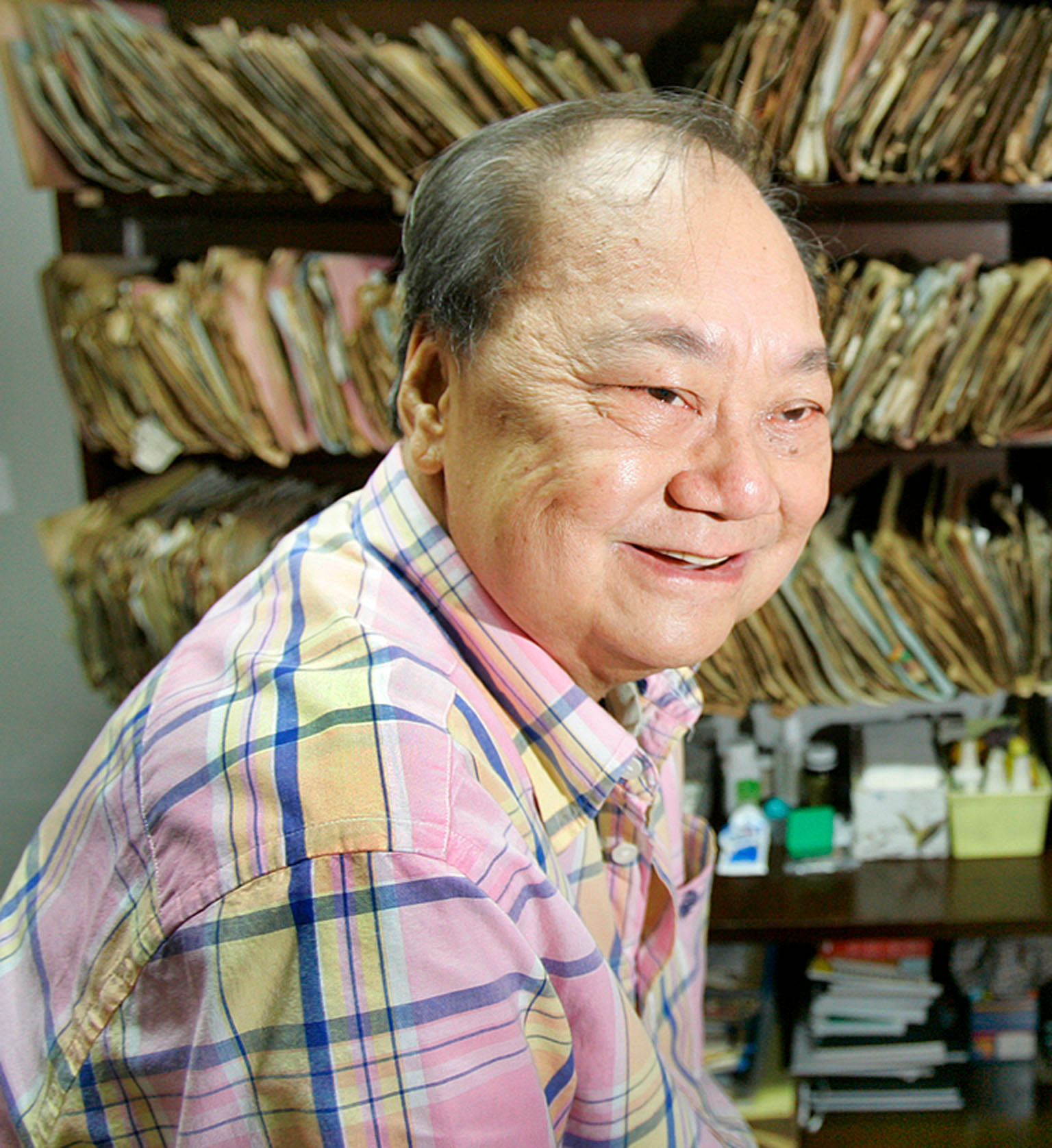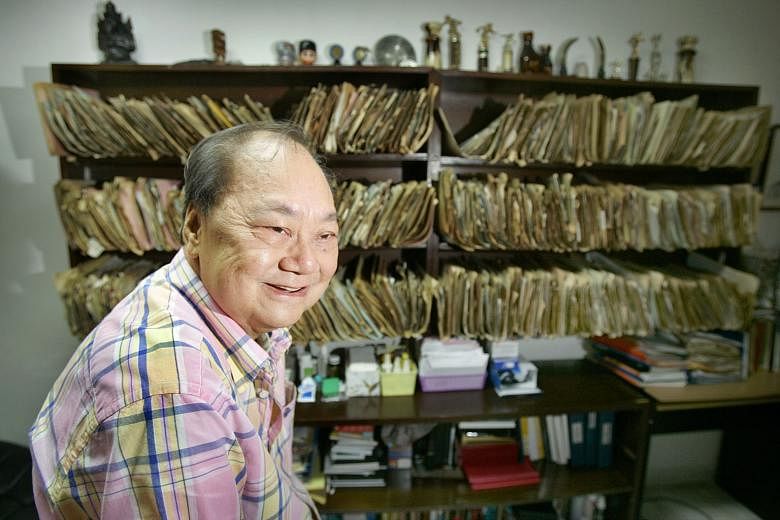The recent death of veteran Singapore journalist Seah Chiang Nee, one of the world's longest-surviving heart transplant patients, also marks the end of an era in Asian journalism.
His heart - transplanted in October 1985 from an Australian teenager who had died in an accident - finally stopped on Jan 15, a feat of longevity that amazed his doctors, friends and, most of all, himself. He would have turned 77 this month.
Mr Seah witnessed tumultuous changes in post-war Asia, as well as the transformation of the craft of journalism itself.
Around 1960, at the age of 20, he joined Reutersas a rookie. At the time, most foreign correspondents from the wire services or major European or United States papers were Caucasians. Sent to Saigon - now Ho Chi Minh City - to cover the Vietnam War in the 1960s, he was one of the few exceptions.
As wire veterans would recount, in an age before the fax machine, the Internet and mobile phones, a foreign correspondent's life combined the romance of travel to exotic lands with long journeys, dingy hotels and the adrenaline rush of hammering out a story on a typewriter. This would then be relayed over the clickety-clack of a telegraph machine, often in a smoke-filled room.After Reuters and stints at various Asian newspapers - including The Straits Times, where he worked as a foreign editor from 1974 to 1982 - he took charge of The Singapore Monitor in 1982.
Some in the younger generation had hoped the new tabloid would rival the venerable Straits Times, to offer an alternative view of Singapore under Prime Minister Lee Kuan Yew. The tabloid's closure after three years probably took a toll on Mr Seah's heart, or so many of his colleagues felt.

He went under the knife of the famous Australian-Chinese surgeon Victor Chang and his team for more than five hours. Mr Seah's wife, Patricia, and their son, Pei Kwang - who was just weeks away from starting Primary 1 - waited anxiously at St Vincent's Hospital in Sydney.
Dr Chang was later shot dead in a failed extortion bid in 1991 in Sydney. The patient had survived, but it was his surgeon who went on to make the headlines.
As a young journalist, I wrote about the closure of The Singapore Monitor, but did not know Mr Seah then. It was only later, when I was posted to Kuala Lumpur, that we struck up a friendship.
By then, he was in the second half of his career as a journalist, one that spanned more than 50 years. After the surgery, he needed work - to be engaged in the only craft he knew and cared for, and, more pragmatically, to pay for medication to prevent tissue rejection of the transplanted Australian heart.
Editors reached out to help. Mr Seah ended up with two main "strings". He wrote columns about Malaysia for readers of Singapore's Lianhe Zaobao, and columns about Singapore for readers of The Star, the largest English-language daily in Malaysia.
We met every few weeks in KL, when he stayed a few days each time at a budget hotel in Bukit Bintang to keep costs down. I was Reuters' chief Malaysia correspondent from 1988 to 1993.
He squirrelled away anecdotes and news clips and filed them by hand in manila folders in his study in Singapore before churning out his columns. By then he had morphed effortlessly from a journalist doing wire reportage and news editing to an elegant writer of columns about two societies which were once one. Penned more than 20 years after the independence of Singapore, the columns filled a growing gap between Malaysians and Singaporeans.
By then, school and even family ties were starting to fade across both sides of the Causeway, compared with the 1970s or earlier. Singaporeans appeared to bask in how meritocracy had helped build the city into a modern metropolis, while Malaysia appeared to still be working through its complex mesh of social engineering, politics, race and religion. Malaysians bristled at the impression that Singaporeans were increasingly arrogant.
As mainstream newspapers of both countries were not (and still cannot be) freely distributed on either side of the Causeway without a permit, Mr Seah's insights were well received in the pre-digital era. His Insight Down South columns were crisp and a pleasure to read. To this day, many older Malaysians remember the column, which ran almost uninterrupted for 28 years.
The advent of the Internet in the 1990s led to his columns being reproduced and even rewritten, often without attribution. Undaunted, well into his 50s and having no skills in new media, he set up his own blog, www.littlespeck.com. The choice of website address was a tongue-in-cheek reminder to fellow Singaporeans to be less cocky.
When he finally stopped his column in 2014 - and with it, his only source of income - I visited Mr Seah and asked why. He replied simply that the money would have helped, but his sight and other parts of his body were starting to fail. He could not remember as much as he did before. True to his craft, he was no longer confident that he could continue to write copy worth reading.
His death marks the loss of one of Asia's most remarkable journalists - one who persisted through adversity and great change on a borrowed heart which finally stopped.
- The writer, a former Reuters journalist, heads regional communications agency WeR1.
- Editor's Note: To help finance Mr Seah Chiang Nee's heart transplant surgery, a fund-raising campaign spearheaded by the Singapore Press Club on Mr Seah's behalf raised $120,000 from friends, colleagues and well-wishers.

